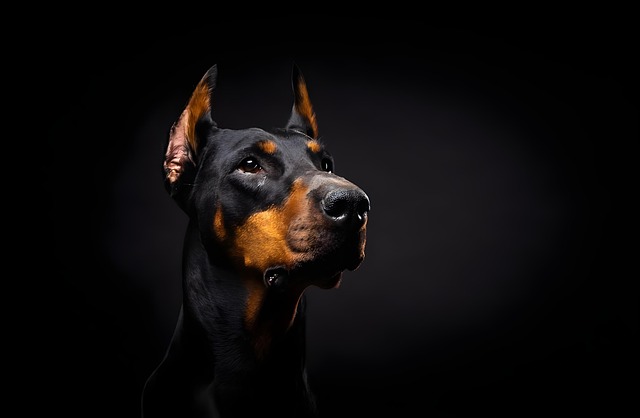
How to test for tetanus in dogs?
Tetanus in dogs often starts with subtle signs most owners miss—like a stiff jaw when grabbing a favorite chew toy or hesitation to climb stairs they once bounded up.
How to prevent dogs from getting cavities? It’s a question that slips under many new owners’ radars—until that first vet visit reveals discolored spots or painful inflammation. Unlike humans, dogs don’t brush their teeth daily, but that doesn’t mean dental decay is inevitable. In fact, the American Veterinary Dental College estimates that 80% of dogs show signs of dental disease by age three, with cavities often being the first red flag. Small breeds like Yorkies and Chihuahuas are particularly prone; their crowded teeth create tiny pockets where food particles fester, turning into plaque that erodes enamel over time.
Start with diet, but not in the way you might think. Those popular rawhide chews? They can actually do more harm than good, especially if your dog is a aggressive chewer. A 2022 study in the Journal of Veterinary Dentistry found that 30% of dogs develop cavities after regular rawhide use, likely because the sticky texture traps bacteria against teeth. Opt instead for veterinary-approved dental chews—look for the VOHC (Veterinary Oral Health Council) seal, which guarantees they reduce plaque by at least 20%. In countries like Germany, where pet product regulations are strict, these chews must meet specific hardness standards to avoid damaging tooth enamel, so checking labels is a must.
Brushing remains the gold standard, though it requires patience—especially with breeds like Bulldogs, whose smushed faces make accessing back teeth tricky. Use a toothpaste formulated for dogs (human versions contain xylitol, toxic to canines) and start slow: let your puppy lick the paste off your finger for a week before introducing a brush. A friend in Toronto swears by her Shih Tzu’s daily routine: “We turn it into a game—after brushing, he gets a tiny piece of freeze-dried chicken. Now he runs to the bathroom when he sees the tube.” Consistency matters more than duration; even 30 seconds a day beats occasional 5-minute sessions.
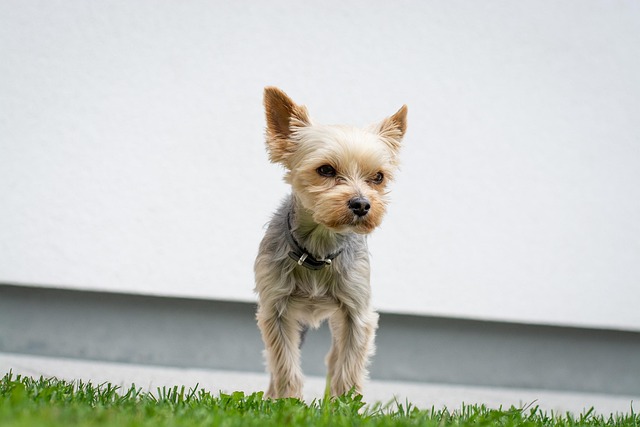 Don’t overlook water additives, especially if your dog resists brushing. These odorless, tasteless solutions mix into their bowl and help break down plaque between cleanings. Just be mindful of local regulations: in parts of the EU, including France and Italy, pet water additives must be certified by the European Pet Food Industry Federation (FEDIAF) to ensure they’re safe for long-term use. Skipping this check could land you with a product that irritates your dog’s gums, worsening cavity risk.
Don’t overlook water additives, especially if your dog resists brushing. These odorless, tasteless solutions mix into their bowl and help break down plaque between cleanings. Just be mindful of local regulations: in parts of the EU, including France and Italy, pet water additives must be certified by the European Pet Food Industry Federation (FEDIAF) to ensure they’re safe for long-term use. Skipping this check could land you with a product that irritates your dog’s gums, worsening cavity risk.
Regular vet checkups are non-negotiable, and not just for cavities. In the UK, the Animal Welfare Act 2006 requires owners to provide “appropriate care” for their pets’ health, which courts have interpreted to include dental maintenance. Last year, a court in Manchester fined an owner £250 after their Spaniel developed severe cavities that led to infection, ruling the neglect violated the act’s duty of care. Most vets recommend annual dental exams, but for breeds prone to dental issues—think Greyhounds with their thin enamel or Dachshunds with overcrowded mouths—biannual checks are wise.
Chew toys deserve more credit than they get. Rubber toys like Kongs, when stuffed with peanut butter (xylitol-free, of course), encourage chewing that scrapes away plaque. Herding breeds like Border Collies, bred to gnaw on bones while guarding flocks, thrive with these toys—they satisfy their natural instincts while cleaning teeth. Just avoid hard plastics, which can chip teeth; in Australia, the RSPCA has issued warnings about cheap imported toys causing dental fractures in 15% of cases.
Finally, watch for breed-specific quirks. Brachycephalic breeds (Pugs, French Bulldogs) often have misaligned teeth that trap food, so extra attention to their back molars is key. Sighthounds like Salukis, on the other hand, have long snouts with widely spaced teeth—great for cooling, but their exposed gums are more susceptible to inflammation if bacteria build up. A trainer in Madrid once told me, “With my Afghan Hound, I focus on wiping her gums with a damp cloth after meals. She hates the brush, but she tolerates the cloth if I sing to her—don’t ask why, it just works.”
Preventing cavities isn’t just about avoiding pain; it’s about overall health. Cavities that go untreated can lead to infections that spread to the jawbone or even the bloodstream—a risk that’s entirely avoidable with proactive care. And remember, many pet insurance plans in the U.S. and Europe now cover routine dental care, including cleanings, as part of their policies. Investing a few minutes a day in your dog’s dental health can save them from discomfort—and you from costly vet bills down the line.

Tetanus in dogs often starts with subtle signs most owners miss—like a stiff jaw when grabbing a favorite chew toy or hesitation to climb stairs they once bounded up.
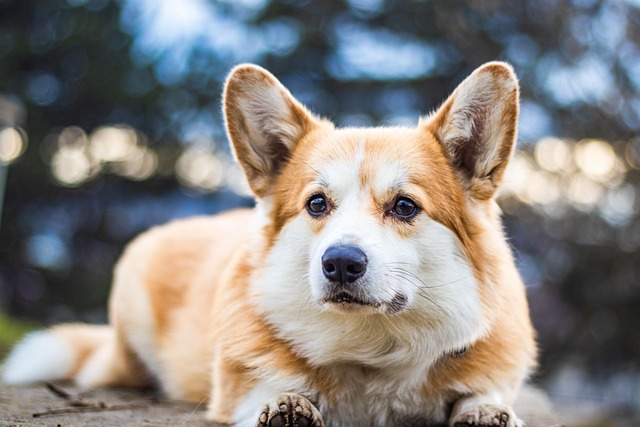
If you’re a new dog parent in the US—maybe you’re standing in your Ohio apartment’s pet store aisle, holding a bag labeled “senior dog food” while your 8-year-old Dachshund
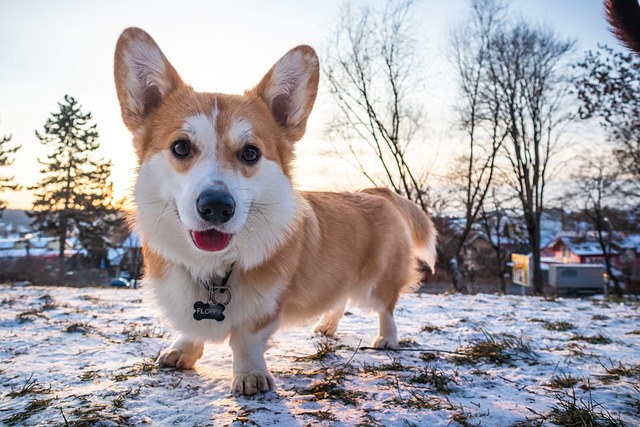
If you’re a new dog parent to a senior pup in the US—maybe you’re standing in your Florida apartment’s pet food aisle
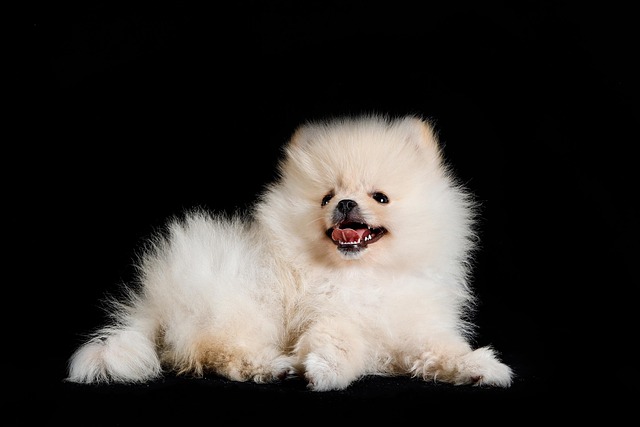
Pet owners often worry about hidden health risks for their dogs, and toxoplasmosis is one that flies under the radar for many—understanding how dogs pick it up is key to keeping them safe.

If you’re a new dog parent in the US—maybe you’re standing in your Chicago apartment, staring at your 7-month-old Poodle mix, Bella
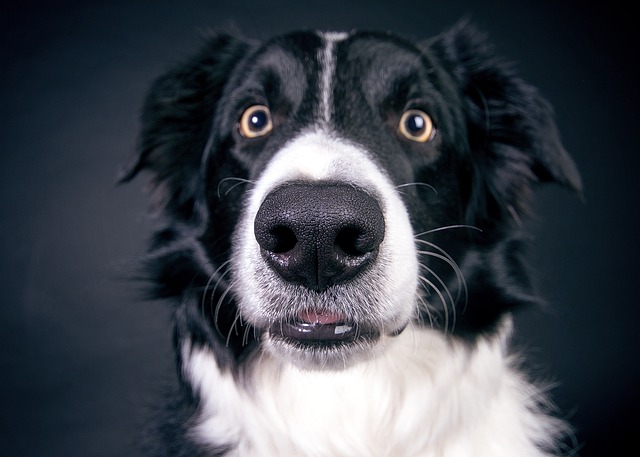
Tetanus in dogs comes from bacteria entering open wounds—think a deep cut from a rusty fence nail during a walk, or a scraped paw from digging in contaminated soil.